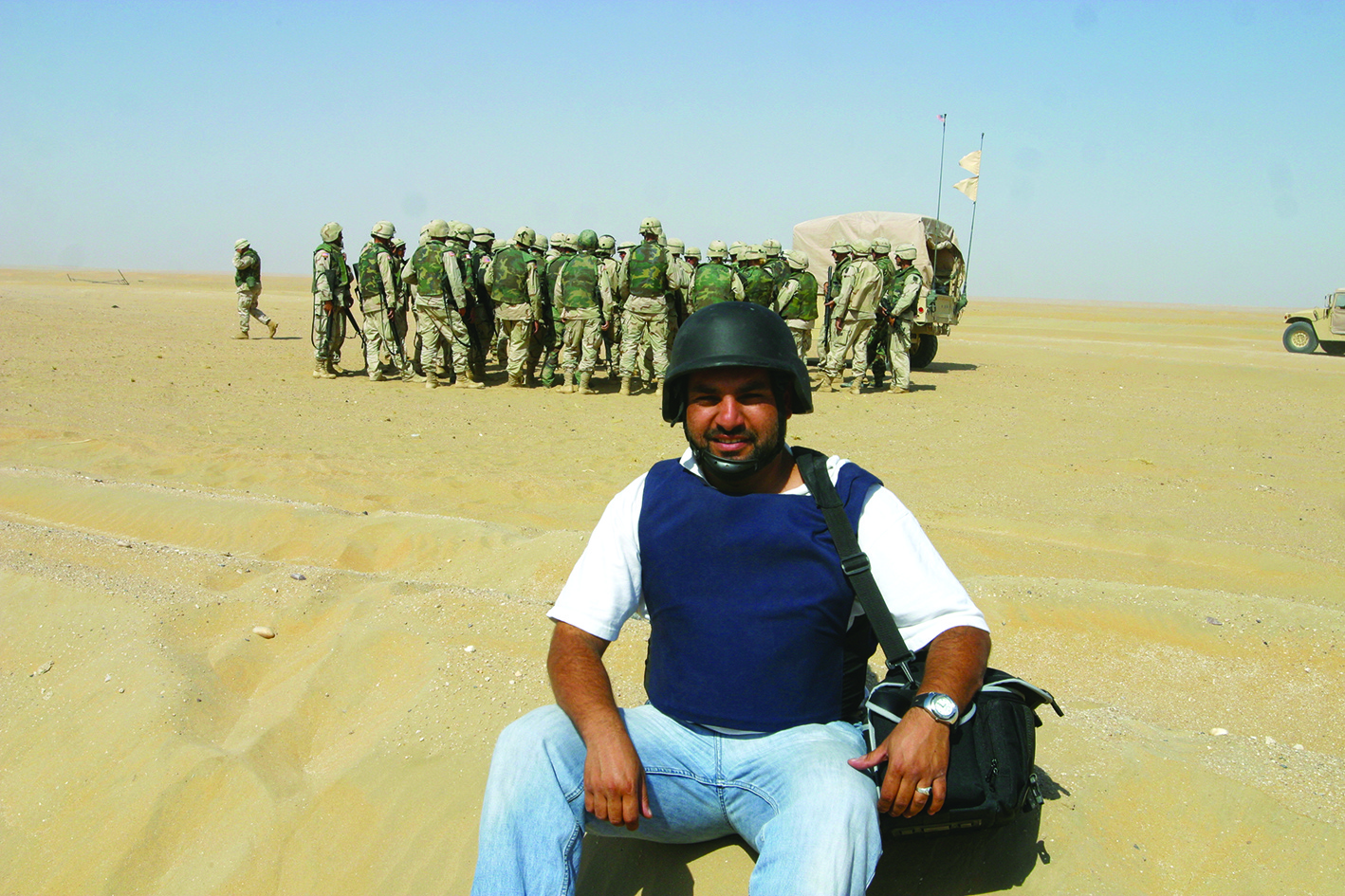 Yasser Ahmad Al-Zayyat - Kuwait Times
Yasser Ahmad Al-Zayyat - Kuwait TimesBy Nawara Fattahova
The job of a photojournalist can be challenging and even dangerous. Capturing the moments when flood waters overwhelm a highway, when a military invades a country, when a group of alleged terrorists engage in a shootout with police takes grit, courage and incredible amounts of patients. Kuwait Times spoke with some of the country's longest serving and most well-known news photographers to learn more about the moments that make up a career and a life as a photojournalist.
Yasser Ahmad Al-Zayyat started his career in 1991 with Al-Seyassah Daily. Then he worked for Yaqaza Magazine, and in 2000 he joined the Kuwait Times. "The most difficult assignment was shooting during the war on Iraq between the years 2003 to 2007. I was lucky I didn't get injured, but it was dangerous, although I enjoyed it," he stated.
Husni Hilal, head of the photography department at Al-Qabas newspaper, has been working as a photojournalist since 1992. "I first joined Al Fajr Al Jadeed magazine in 1992, then worked with Al-Deera magazine, Al-Anbaa daily and finally Al-Qabas. The most difficult assignment was during the chaos and gatherings at the Harbash Diwan in 2010, when special forces were called to enforce the law. I took an iconic photo that was published in various media. Another interesting photo was of a letter furtively passed by the head of the financial committee to the minister of finance," he told Kuwait Times.
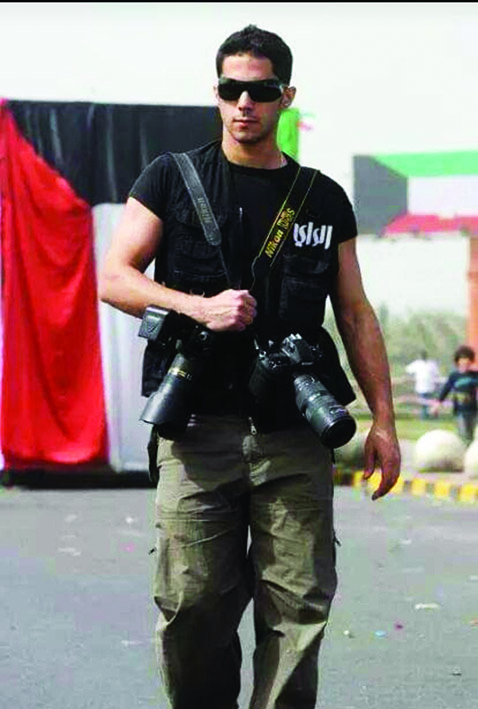
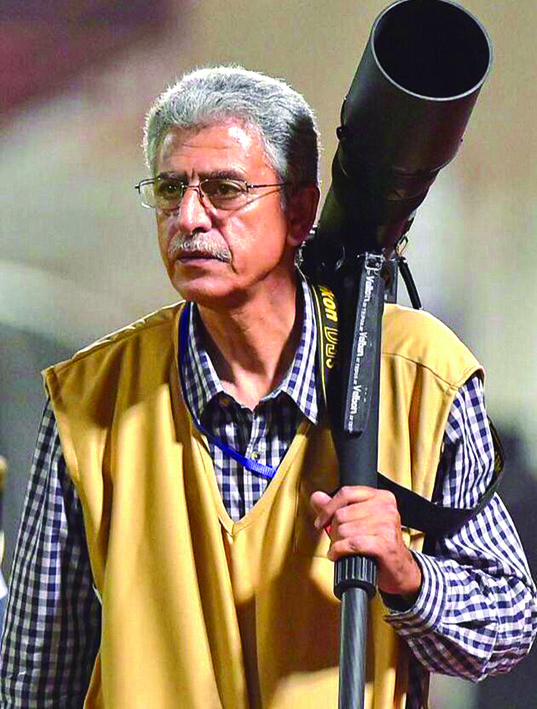
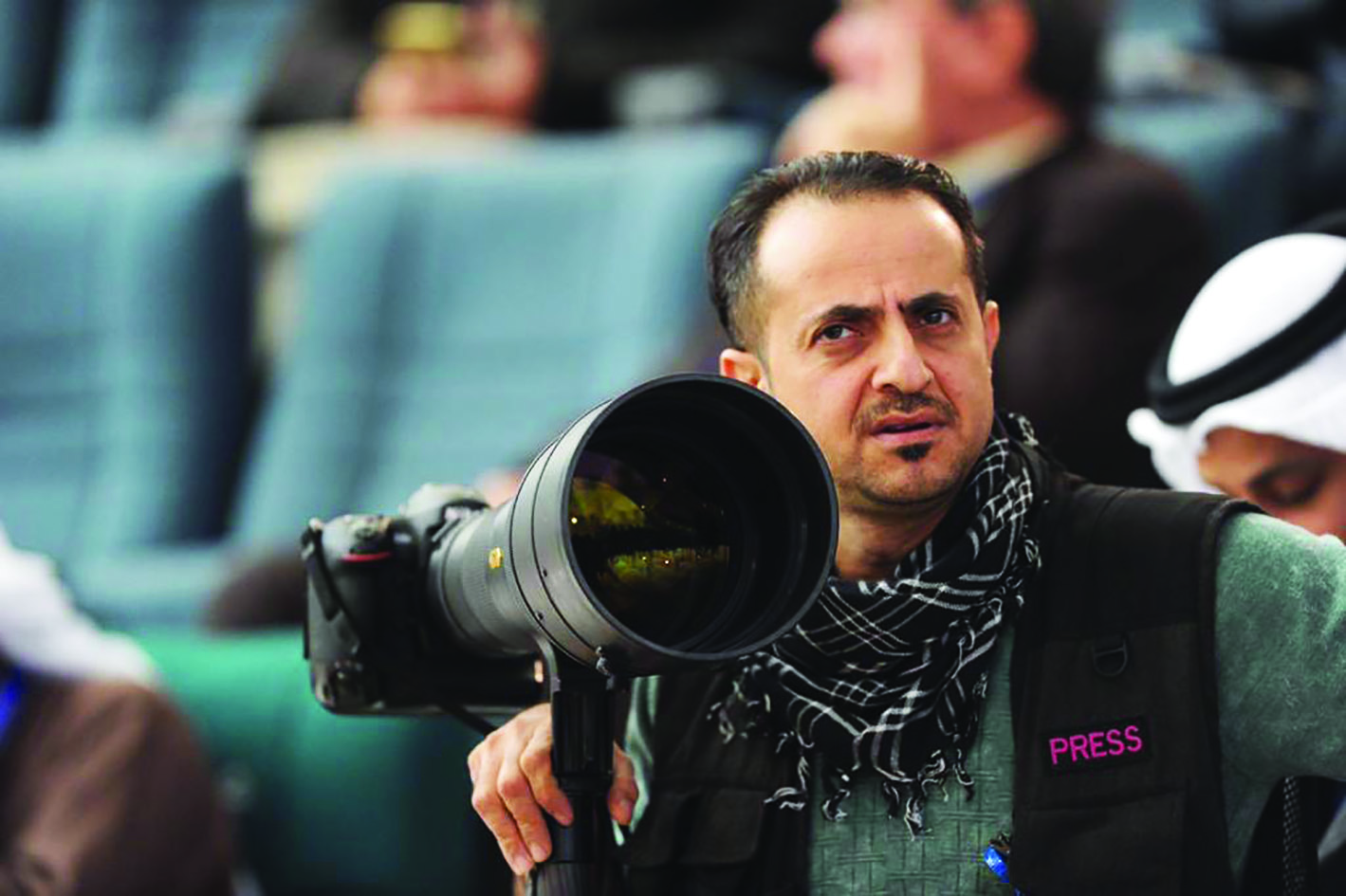
Jaber Abdulkhaleq started his career as a photojournalist in 2006. "I first joined Alam Al-Youm newspaper, then Al-Jarida newspaper. In 2011 I joined KUNA, where I work till today. I still remember a very embarrassing situation when I went with a reporter to interview an MP for the first issue of the newspaper. But when the issue was published, it badly criticized this MP, who called the newspaper and complained. He was very angry," he recalled.
Hashim Al-Yousef is the head of the photography department at Al-Nahar daily. He became a photojournalist when he joined Al-Dana magazine in 2005. After two years, he joined Al-Nahar, and still works there. "One of the most embarrassing and funny situations was when I had an interview with a VIP along with a reporter. I was late and rushed to the place in a hurry, so I forgot that I didn't have a memory card in my camera. I had to repeat the photoshoot. The most difficult moments were during the demonstrations and protests," he said.
Ghazi Qaffaf is the oldest photojournalist in Kuwait. He started his career in 1979 when he joined Al-Watan newspaper. He also worked for Kuwait Times, Riyadat Al-Jamaheer, Al-Jarida and finally KUNA, where he has been working for the past 12 years, in addition to Chinese news agency Xinhua. "I have experienced many difficult moments, out of which the Iraq-Iran war was one of the toughest. I took photos of Al Faw's liberation on 8/8/1988 when the shooting stopped, along with UN forces," he told Kuwait Times.
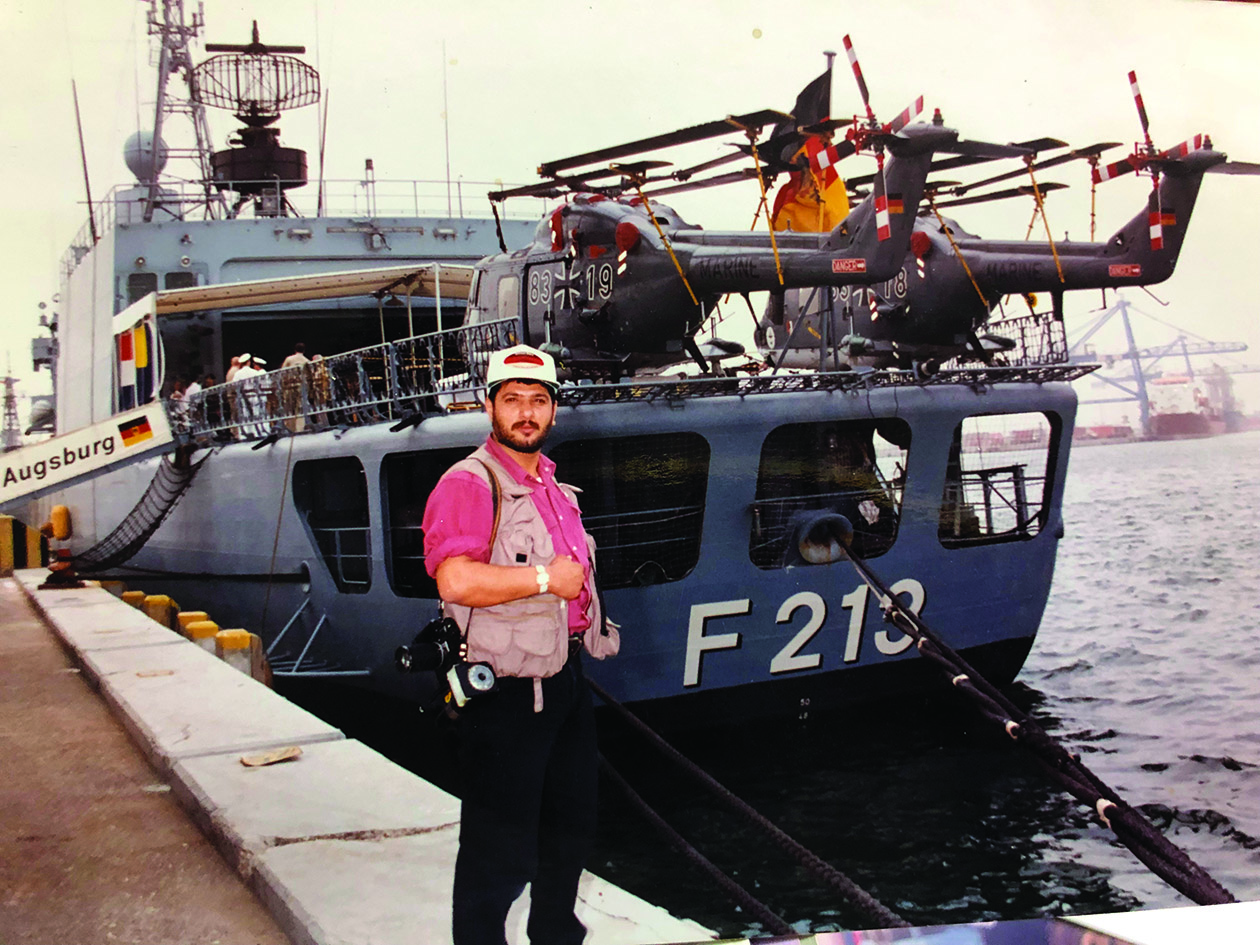
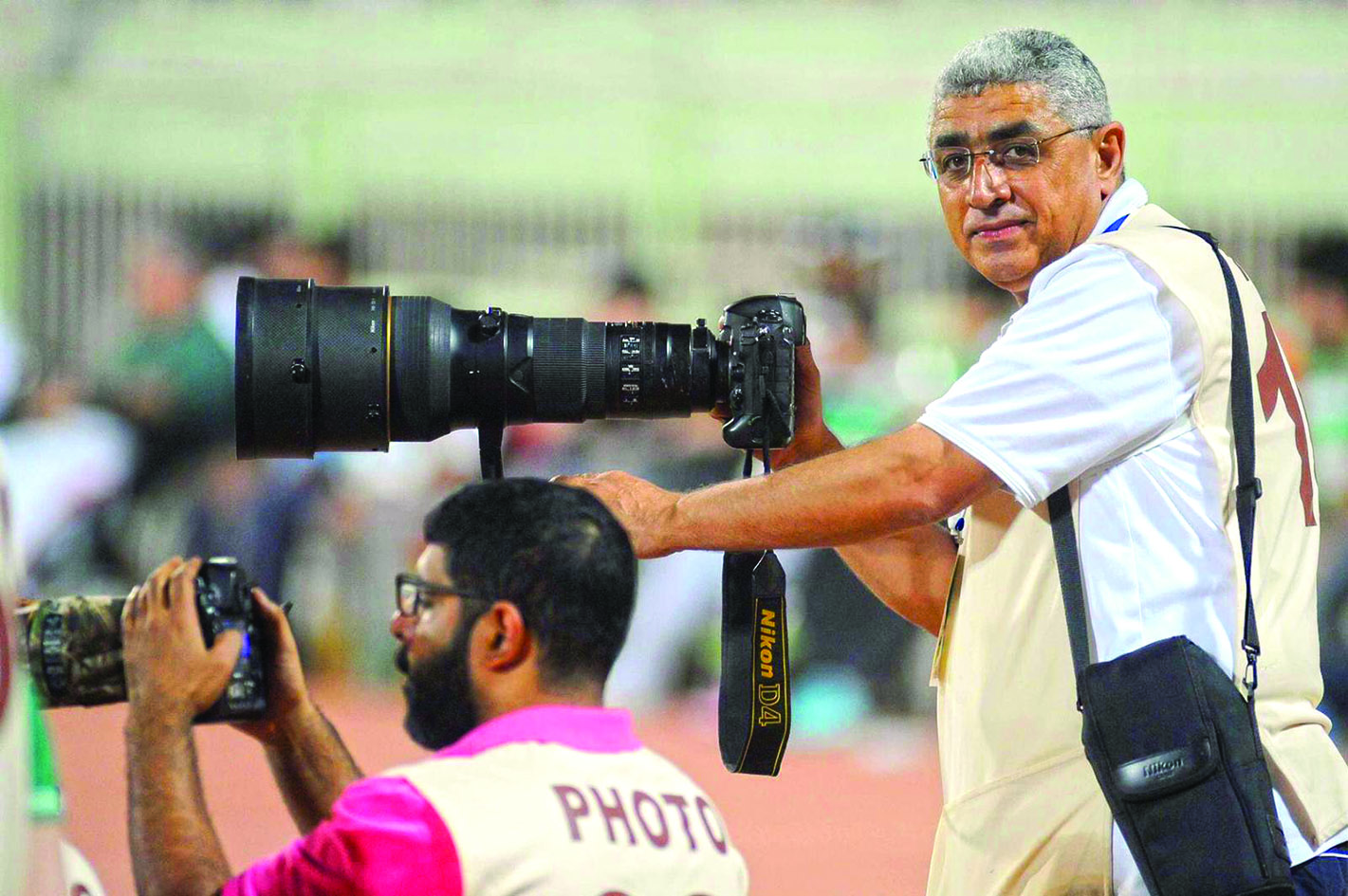
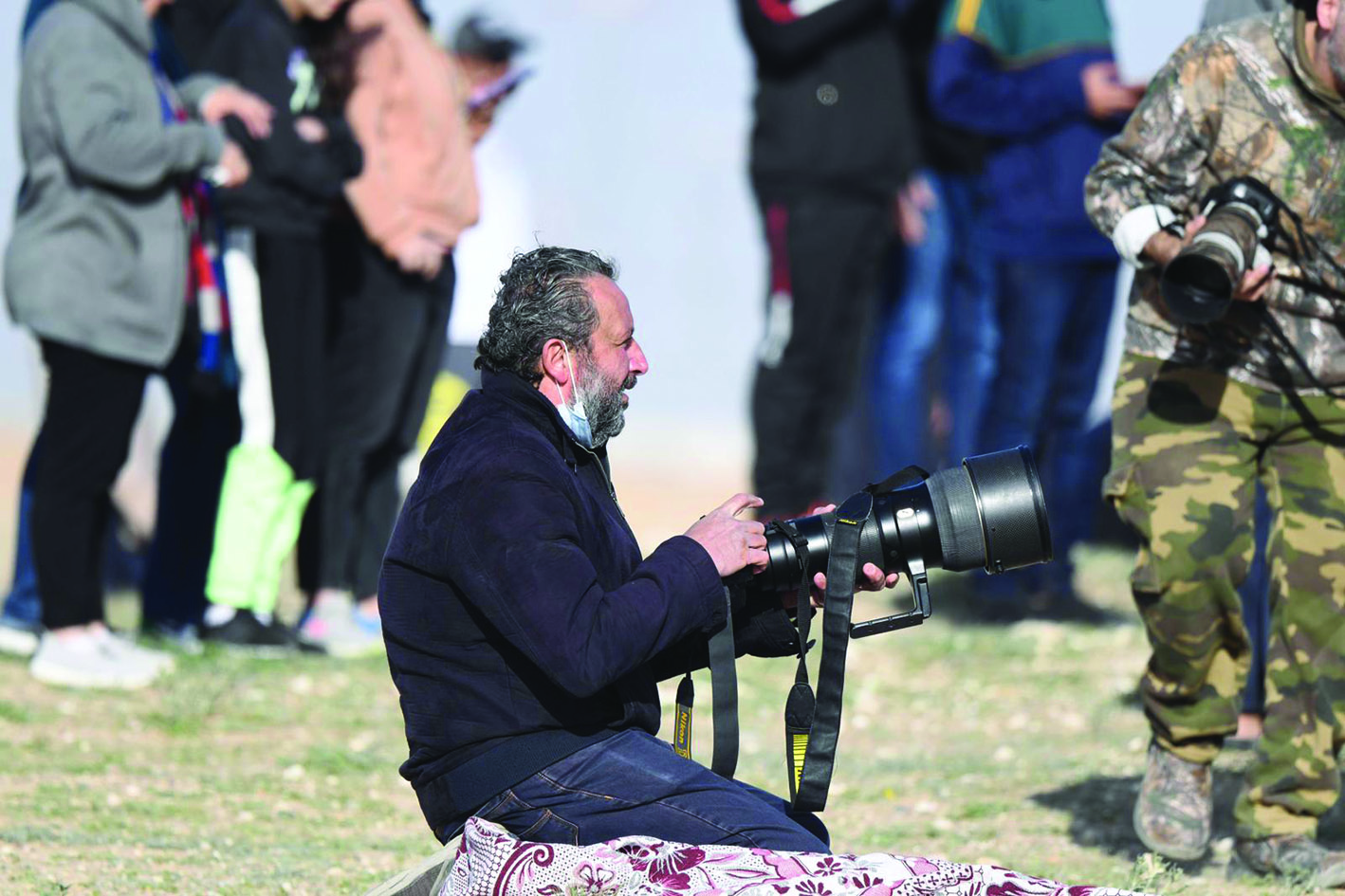
"During the floods three years ago, I fell into a manhole in the street and was holding the camera high while half of my body was under water. I succeeded in saving the camera from getting damaged, and they later pulled me out. Now I focus on taking photos of birds, which I enjoy the most. I have held two exhibitions of my photos - in 1990 and 2017," added Qaffaf.
As'ad Abdullah became a photojournalist in 2005 after joining Al-Seyassah daily. Two years later, he joined Al-Rai newspaper and is the head of the department now. He was seriously injured and was taken to hospital while taking photos of a demonstration in Sabah Al-Nasser. "One of the participants who was escaping from the police hit me with his vehicle.
The funniest and longest assignment was when I went to photograph the 'Hawally Monster' during his court hearing. I went very early with another photographer, at 5:00 am. I told him I will rest for 30 minutes only, but he also fell asleep. We woke up after more than an hour and missed the suspect entering the court. So we had to wait about 12 hours till 6:00 pm, when he left," said Abdullah.
Rizq Tawfeeq, the head of the photography department at Al-Seyassah, started his career as a photojournalist in 1999 when he joined the paper. "The worst assignment in my career was when I went to take a photo of a man who just died after an overdose in front of his family's house. I took the photo with a flash, and his family saw me.
The men gathered and beat me so badly that I thought I would die. We later went to the police station and resolved the matter. Another time I was beaten was when I went with other photographers to shoot at the cemetery. The family of the deceased got into a fight over whether the deceased was a martyr or not. They start fighting and then attacked the photographers. Some of them had their cameras broken," recalled Tawfeeq.
Ahmad Surur started his career as a photojournalist in Syria in 1983. He arrived in Kuwait in 1991 and joined Al-Seyassah. He then worked for Al-Rai, Al-Anbaa, Awan, Al-Qabas and finally KUNA, where he still works. "The most difficult assignment was in Somalia. I went with a team from Al-Anbaa during the war there. I was arrested there and was about to be executed. The head of the delegation Adnan Al-Rashed worked quickly to free me from prison. Also, shooting military actions in Iraq was tough from near the border. The most interesting assignment was when I went onboard an aircraft carrier in the Arabian Gulf and Sea," Surur said.
Mahmoud Jadeed became a photojournalist in 2006 when he joined Al-Seyassah, where he works till today. "The most painful assignment was during a football match in which my son was a goalkeeper. While I was taking photos, one of the players shot the ball at my face, injuring me," he said.
Jamal Al-Minshawi joined Al-Qabas in 2000 as a photojournalist and still works there. "The most interesting assignment was when we went to photograph a suicidal woman in Salwa. The woman was at the window of a flat on the third floor, and the weather was hot. It was 1:00 pm, and by 4:00 pm, the photographers got tired and decided to leave. They put their cameras down, but I didn't. A few minutes later the woman jumped, and I was the only one who took a photo. She didn't die as the police had already placed mattresses across the entire area," he recalled.
Mohammed Morsi Al-Habaal, started working in 2003 at Shu Fe Ma Fe Magazine as a dealer. He then passed a course of photography and start taking photos for the same magazine. Later he joined Habayibna Magazine, the Oil Ministry, and finally Al-Seyassah Daily where he works till now. "The most exciting assignment was during a diving coverage in Khairan. While we were taking photos a colleague fall from the boat and he was holding pulling me. I was about to fall in the sea with my camera, but my friends rescued me and I saved the camera," he noted.










